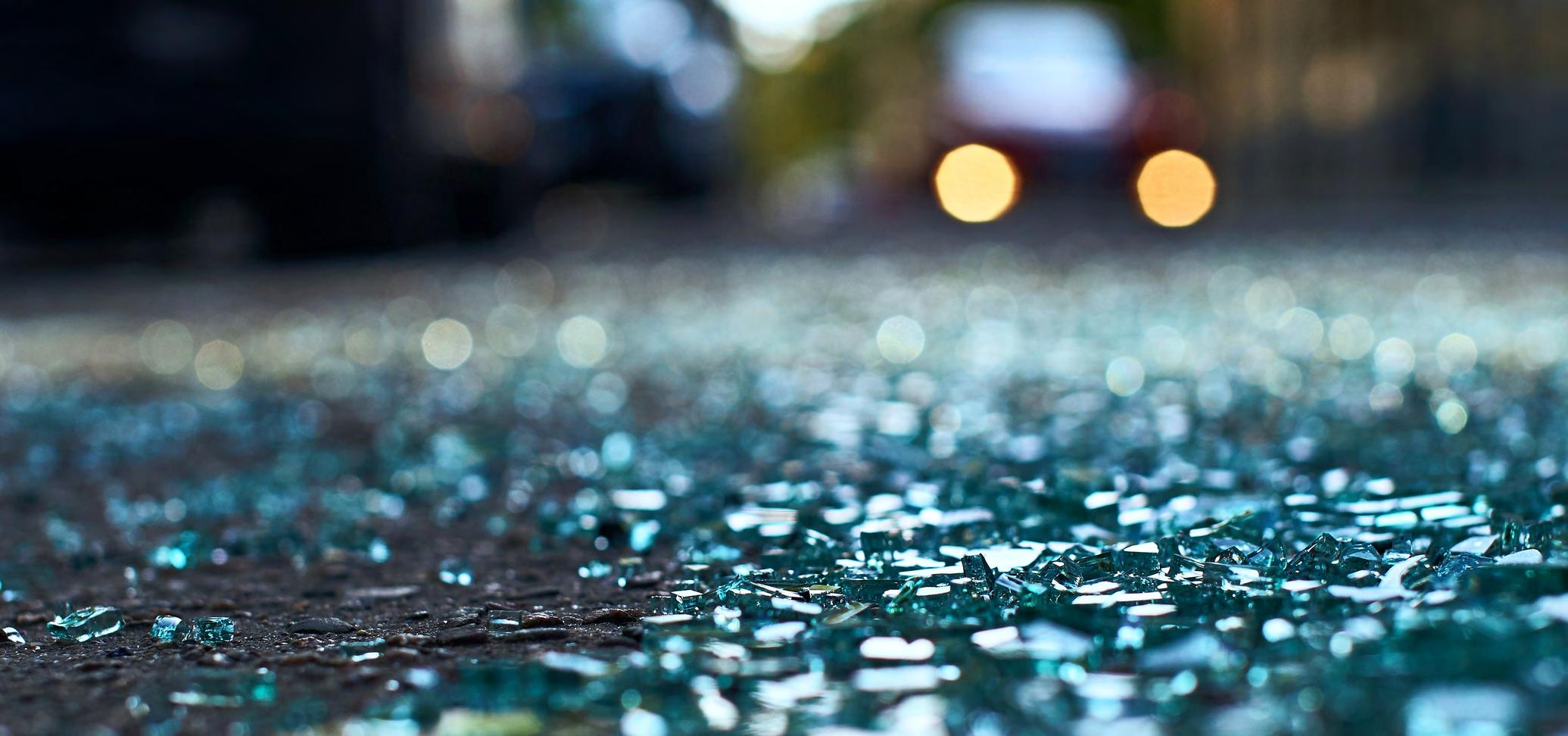
3 minute read
Digging deeper into Australia and New Zealand road crash statistics
2020 not a good year for road safety
It was a terrible year on the roads in Queensland. In total, 59 more people were killed on the state’s roads in 2020 than in 2019 (276 deaths in 2020 compared to 217 in 2019). But despite this alarming statistic from Queensland, every other Australian jurisdiction and New Zealand recorded a reduction in their annual road crash deaths. Normally a reduction in fatalities would lead to a feeling of cautious optimism, but 2020 was anything but a normal year. When you take a deeper look at the statistics there is nothing to celebrate. Take, for example, Victoria – the jurisdiction hardest hit by the pandemic. According to the Transport Accident Commission there was an approximate 20 per cent reduction in the number of road fatalities. And so there should have been!
Advertisement
As we know, our own Royal Australasian College of Surgeons (RACS) Melbourne office asked staff to work from home from March and they did not return to the office for the rest of the year. It was a similar story right across Melbourne and Victoria. Our social media was flooded with images of normally bustling streets that were completely deserted. When you consider such a dramatic change in lifestyle, a 20 per cent decrease in fatalities seems rather modest.
It is worse when you consider that Victoria’s road death toll in 2020 was one person higher than 2018. To put this into perspective, one more person died on Victoria’s roads during a year where the state had what was considered by many to be the ‘world’s strictest lockdown’ and Melbourne was a ghost town, than two years earlier in a year when travel and movement were virtually unencumbered. It is a similar story in other parts of Australia. In South Australia there was a reduction in fatalities, but let’s not forget that 2019 was a horror year on the state’s roads – the worst in over a decade, in fact. Comparing the 2020 and 2018 figures, the 2020 figure is more than 15 per cent higher, despite the restricted travel. We have seen a similarly disturbing trend in New Zealand. For example, Otago experienced its worst year on the roads in almost 15 years and has seen a rise towards the end of the year. We also saw another rise in the number of motorcycle deaths in 2020, compared to 2019. While the new year has ticked over, it has not been a good start to 2021. A rising trend in pedestrian deaths has been highlighted by the tragic deaths of five young pedestrians in New South Wales in less than two months. This prompted me to speak out in a recent media article. “It’s time for change when people are not even safe to walk on footpaths. What is particularly distressing is that often it’s the result of someone getting behind the wheel when they never should have. Repeat offenders need to be off the road,” she said. the aftermath of the death of a young Brisbane couple killed by a car while they were walking their dogs. A range of existing vehicle technologies, including Lane Keep Assist and Autonomous Emergency Braking, or infrastructure enhancement, such as wire rope safety barriers, may have helped prevent these tragedies. The New Zealand Government and governments across Australia are to be commended for the way they have responded to the challenges posed by the COVID-19 pandemic. A similar response is required to the epidemic that is road trauma.
We are at a pivotal moment in our two countries with respect to road safety. We cannot afford to allow the progress of recent decades to stagnate and for our unacceptably high road fatality and serious injury rate to simply become ‘the new normal’. We must continue to look at ‘new ways of working’, set ambitious targets and dedicate the necessary resources to eliminate the devastating consequences that road trauma has on our society.
Dr Valerie Malka Chair RACS Road Trauma Advisory Subcommittee









